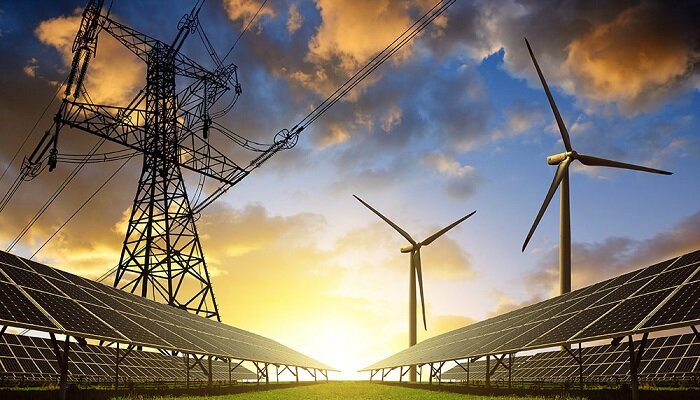In the latest Short-Term Energy Outlook, the U.S. Energy Information Administration- EIA predicts that wind as well as solar energy will lead the progress in U.S. power generation over the next couple of years.
Due to this, the new solar projects that would be coming online in 2024, the EIA predicts that U.S. solar power generation will see a surge of 75% from 163 billion kWh last year to 286 billion kWh in 2025. The administration goes on to predict that wind power generation will increase 11% from 430 billion kWh that was seen last year to 476 billion kWh in 2025.
It is well to be noted that in 2023, the U.S. electric power sector went on to produce 4,017 billion kWh of electric power. Renewable sources such as wind, hydro, solar, biomass, as well as geothermal comprised 22% of overall generation, or 874 billion kWh, last year, as per the EIA. Notably, the yearly renewable power generation overtook nuclear generation for the first time ever since 2021 and coal generation for the first time since 2022.
In contrast to the generation that was surging from renewables, the EIA predicts that coal power generation is all set to decline 18% from 665 billion kWh, which was seen last year, to 548 billion kWh in 2025. Moreover, it forecasts natural gas shall go on to continue to be the largest source when it comes to U.S. electricity generation, with around 1,700 billion kWh of generation yearly in 2024 and 2025, which looks similar to last year. It anticipates that nuclear power generation is going to stay comparatively flat, surging from 776 billion kWh in 2023 to 797 billion kWh in 2025.
Apparently, the EIA says that new installations when it comes to generating capacity support the surge in its renewable generation predictions. Wind as well as solar developers most often go on to bring their projects online at calendar year end, and the new capacity most likely affects generation growth trends for the year to follow.
Notably, solar happens to be the fastest-growing renewable source due to its larger capacity additions as well as favorable tax credit policies, remarked the EIA. Planned solar projects surge solar capacity operated by the electric power sector by 38%, accounting for 95 GW at the end of 2023 and 131 GW by the end of 2024. It anticipates the wind capacity to stay comparatively flat at 156 GW by the end of 2024, as compared with the 149 GW that was seen in December 2023.
It is well to be noted that late last year, the EIA predicted that the U.S. energy sector went on to emit almost 4,790 million metric tons of carbon dioxide- CO2 in 2023, which was a 3% decrease from 2022, with the majority of the decline resulting due to lower electricity generation coming from coal-fired power plants because of higher generation from renewable sources like solar power.
The EIA anticipated this particular trend to continue into 2024, with CO2 emissions dipping 1% relative to 2023.
Moreover, the EIA predicts solar power to be the fastest-growing source of generation and also the largest source of new generation in 2023, as noted in the SUN DAY Campaign review, which happens to be a non-profit research and educational organization.
Solar went on to see a growth of 14.3% vis-à-vis the same period in 2022, an increase that was witnessed more than any other energy source. This happened to be pushed in large part by growth in estimated small-scale, for e.g., rooftop solar PV, whose outputs surged by 19.8% and accounted for almost a third, i.e., 30.8% of overall solar production, the SUN DAY Campaign opined. Apparently, for the nine-month period, solar happened to be 5.8% of total U.S. electrical generation, and a year earlier, solar’s share touched 5.0%.
The fact is that the forecast decrease in CO2 emissions happens to be largely because of lower power generation coming from coal-fired power plants, the EIA said, which it anticipates will contribute to an 18% dip in coal-related CO2 emissions in 2023 as well as a 5% decline in 2024. The electric power sector has been retiring prominent coal-fired generating capacity in response to the economic competition that is coming from natural gas along with new renewable generating capacity.





































